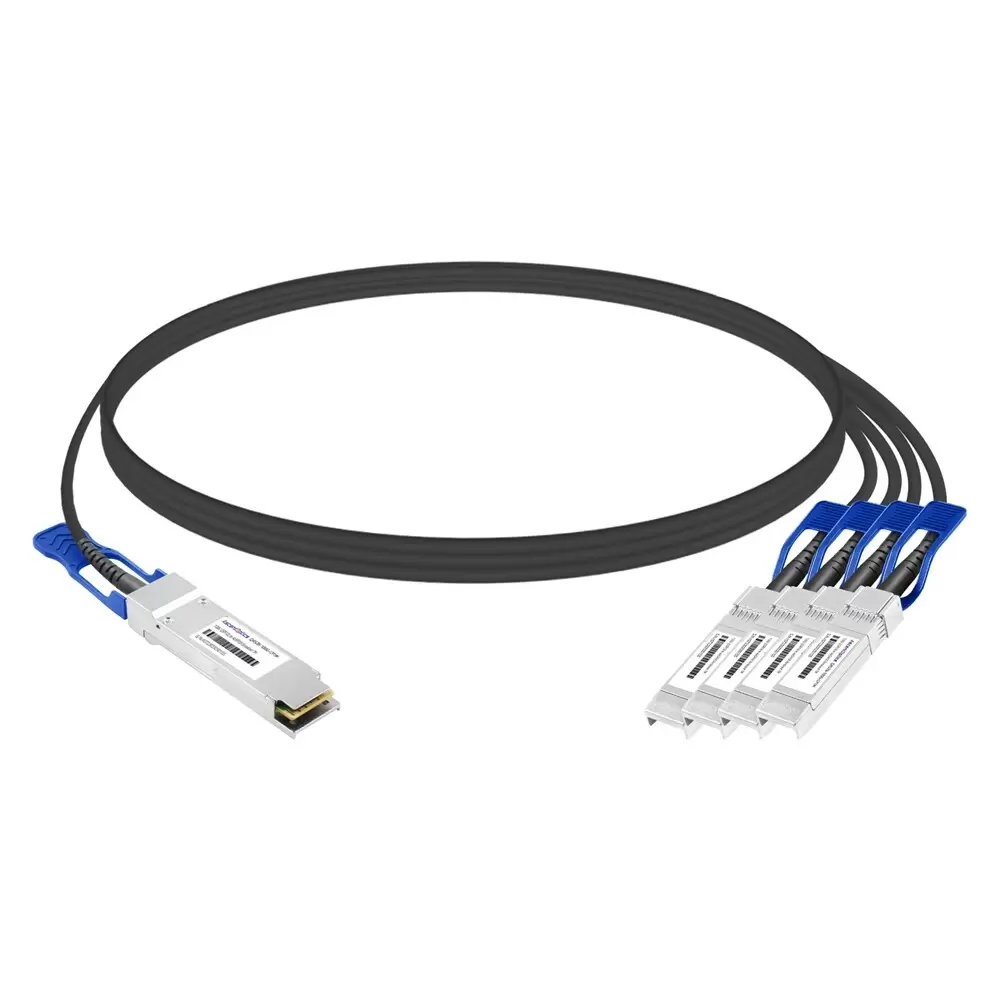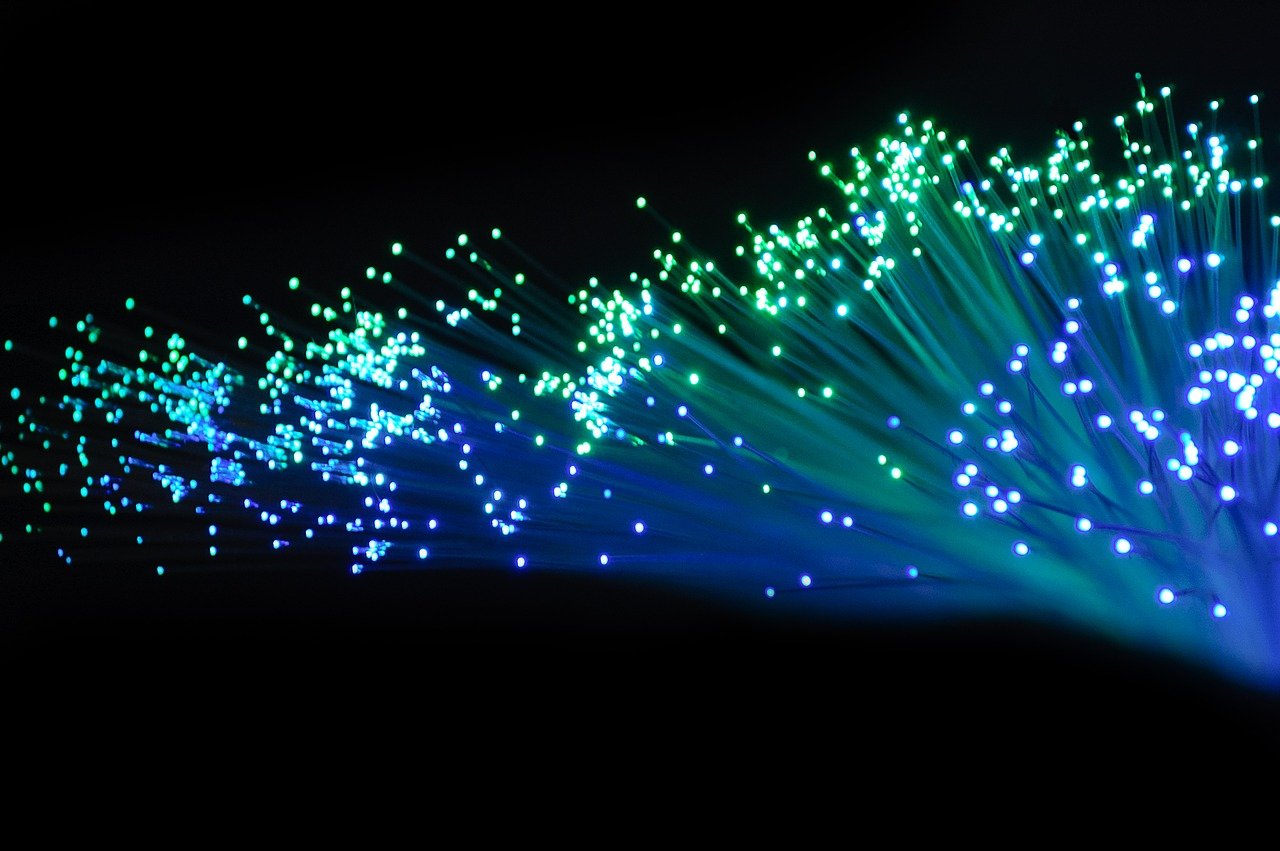Understanding 2ft in Metres: OSFP Compatible Cables for High-Speed Data Transfer

Exploring Length Conversion
Understanding the Conversion Process
When it comes to optimizing networking performance, understanding the conversion of 2ft to meters is essential. The accurate conversion from 2 feet to meters is crucial for ensuring that networking equipment, such as cables and connections, are appropriately sized for high-speed data transfer. By comprehending the 2ft to m conversion, network engineers can make informed decisions regarding the length of cables required for efficient data transfer. This understanding forms the foundation for seamless high-speed networking operations.
The Role of OSFP
Significance of OSFP
OSFP compatible cables are pivotal in ensuring high-speed data transfer within networking systems. These cables are specifically designed to meet the demands of Optical Small Form-factor Pluggable (OSFP) connectors, enabling seamless and efficient data transmission. By using OSFP compatible cables, network engineers can optimize the performance of high-speed networking equipment, thereby enhancing overall data transfer capabilities. The significance of OSFP lies in its ability to facilitate reliable and rapid data exchange, contributing to the smooth operation of modern network infrastructures.
OSFP Features
High-Speed Data Transfer: OSFP features support ultra-fast data transfer rates, making it an ideal choice for high-performance networking environments.
Compact Design: The compact form-factor of OSFP connectors allows for dense packing within networking equipment, optimizing space utilization while maintaining high-speed connectivity.
Enhanced Reliability: With advanced features such as error correction and signal integrity, OSFP ensures a reliable and stable connection for uninterrupted data transfer.
Scalability: OSFP connectors offer scalability options, accommodating future upgrades and expansions in network infrastructure without compromising on performance.
Fiber Optics and Networking
Importance of Fiber Optics
In the realm of high-speed networking, fiber optics plays a pivotal role in enabling rapid and efficient data transfer. Unlike traditional copper wiring, fiber optic cables utilize light signals to transmit data, allowing for significantly higher bandwidth and faster transmission speeds. This makes them an indispensable component in modern networking infrastructures where large volumes of data need to be transferred swiftly and reliably.
The use of fiber optic networking also offers increased security due to the difficulty in tapping into the transmitted light signals, making it a preferred choice for sensitive data transmissions. Additionally, fiber optics data transfer is less prone to electromagnetic interference, ensuring consistent and reliable connectivity even in environments with high electrical noise.
In essence, the importance of fiber optics lies in its ability to provide unparalleled speed, security, and reliability in data transfer, making it an indispensable asset for optimizing networking performance.
Networking Optimization
When it comes to optimizing networking for efficient data transfer, several key factors come into play. From selecting the right fiber optic cables to configuring network settings for maximum throughput, every aspect contributes to achieving optimal performance. Network engineers must carefully consider elements such as signal attenuation, dispersion management, and connection quality to ensure seamless data transfer within the network.
Moreover, employing advanced technologies such as wavelength division multiplexing (WDM) can further enhance the efficiency of fiber optic networking, allowing multiple channels of data to be transmitted simultaneously over a single fiber strand. This not only maximizes the utilization of available bandwidth but also minimizes latency, contributing to overall network optimization.
Enhancing Speed and Efficiency
Maximizing Data Transfer Speed
To maximize data transfer speed, it is essential to utilize equipment that is specifically designed for high-speed networking. This includes employing high-speed data transfer switches, routers, and network interface cards that can handle the demands of rapid data exchange. Additionally, utilizing fiber optic cables with high bandwidth capabilities and low signal loss further enhances the speed of data transmission within the network.
Another crucial aspect of maximizing data transfer speed is optimizing the network infrastructure for minimal latency. This involves strategically placing networking equipment to minimize cable lengths and reduce signal propagation times. Furthermore, implementing advanced network protocols and quality of service (QoS) configurations ensures prioritization of critical data packets, contributing to faster data transfer speeds for essential applications.
By integrating these strategies and leveraging specialized equipment tailored for high-speed networking, organizations can achieve significant improvements in their overall data transfer speed, enabling seamless and efficient communication across their networks.
Optimizing Networking Performance
When it comes to optimizing networking performance, one key consideration is the selection of appropriate cable length options. By choosing the right cable lengths based on the network layout and equipment placement, signal attenuation can be minimized, ensuring optimal connectivity and efficient networking performance optimization.
Additionally, employing advanced cable management techniques such as proper routing and organization of cables minimizes signal interference and maintains consistent data transmission rates. This meticulous approach to cable management contributes to an overall enhancement in networking performance optimization, facilitating smooth and reliable data transfer operations throughout the network infrastructure.
Furthermore, regular maintenance and monitoring of networking equipment are vital for identifying potential bottlenecks or issues that may impact high-speed networking capabilities. Proactive measures such as firmware updates and performance optimizations contribute to sustained high-performance levels within the network environment.
Analyzing Data Transfer Impact
Evaluating Cable Compatibility
When analyzing the impact of cable compatibility on data transfer speed, the conversion of 2ft to meters becomes a critical factor. The appropriate 2ft in metres ensures that cables are of the correct length, minimizing signal attenuation and maximizing data transfer efficiency. By understanding the 2 feet to meters conversion and selecting cables accordingly, network engineers can significantly influence the overall data transfer speed within their networking infrastructure.
See Also
Selecting the Best Cable for Long Span Applications: ADSS vs. Others
Attaining Efficient and Affordable Fiber Optic Connectivity
Uncovering FTTR Invisible Fiber Cable: A Revolutionary Solution
Advantages of ADSS Fiber Optic Cables for Overhead Power Lines
Simplify Cable Solutions with Preconn: A Quick and Simple On-Site Termination Guide


